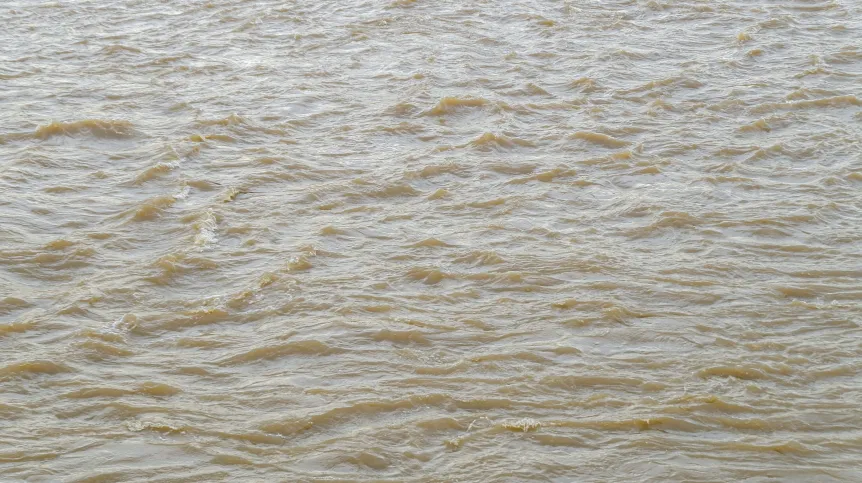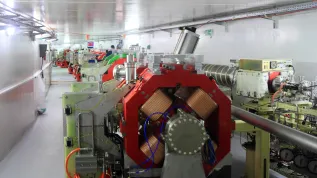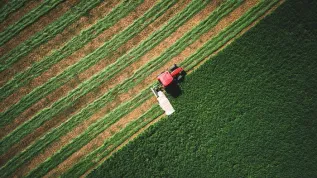
Researchers from the University of Silesia in Katowice have patented a novel biological preparation that improves the removal of pharmaceuticals and phenolic compounds from wastewater.
The key innovation lies in using dried fruit from the sponge gourd (Luffa cylindrica) as a biodegradable carrier for pollutant-degrading bacteria.
“This is not the first biological preparation of this type developed by our team. Another carrier we have developed is xanthan gum,” said Professor Danuta Wojcieszyńska, co-author of the invention, in a statement issued by the university.
She noted that while xanthan gum is also environmentally friendly, it is not biodegradable like the sponge.
“However, this was not a drawback, because in the case of such solutions, it is the goal we want to achieve that matters,” she added.
The sponge gourd, commonly known as a natural bath sponge, is composed primarily of cellulose, making it ideal for colonization by bacteria and fungi.
“This carrier is composed of cellulose, a polysaccharide that is an excellent substrate for fungi, which can quickly and efficiently decompose it. This allows us to obtain a cheap, effective, and at the same time natural material for special tasks,” explained Urszula Guzik, PhD, a professor at the University of Silesia and co-author of the invention.
The bacterial preparation features four strains: Pseudomonas moorei KB4, Bacillus thuringiensis B1(2015b), Stenotrophomonas maltophilia KB2, and Planococcus sp. S5. These microorganisms are known to degrade nonsteroidal anti-inflammatory drugs (NSAIDs) and phenolic compounds.
“You could say that the bacterial strains stick to the plant sponge, colonizing its surface. We do not need to prepare or modify it in any way, so this is the simplest and cheapest method for obtaining the biological preparation we are interested in,” Guzik said.
Besides cost and ease of preparation, the sponge offers a critical advantage: it improves bacterial survival in the harsh conditions of wastewater treatment environments, where many competing microorganisms are present.
The research team now faces the challenge of scaling up production and testing the preparation’s effectiveness outside the lab.
“A key step will be to test the effectiveness of the new preparation in real-world wastewater treatment plant conditions, which is why obtaining funding for further research and establishing collaboration with partners from the economic sector is so important,” Wojcieszyńska said.
The invention was developed by a team from the Faculty of Natural Sciences at the University of Silesia, including Professor Urszula Guzik, PhD, Anna Dzionek, PhD, Agnieszka Nowak, PhD, and Professor Danuta Wojcieszyńska.
A detailed description of the solution was published in the June issue of the University Gazette of the University of Silesia.
jms/ agt/













